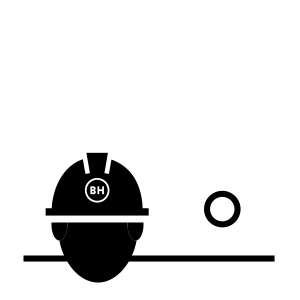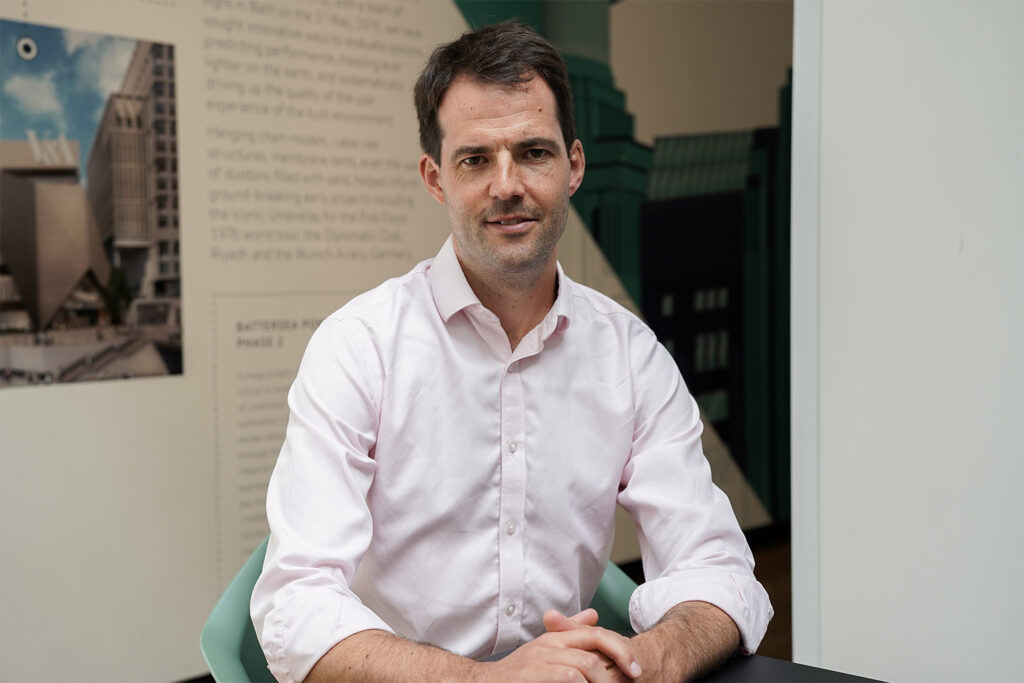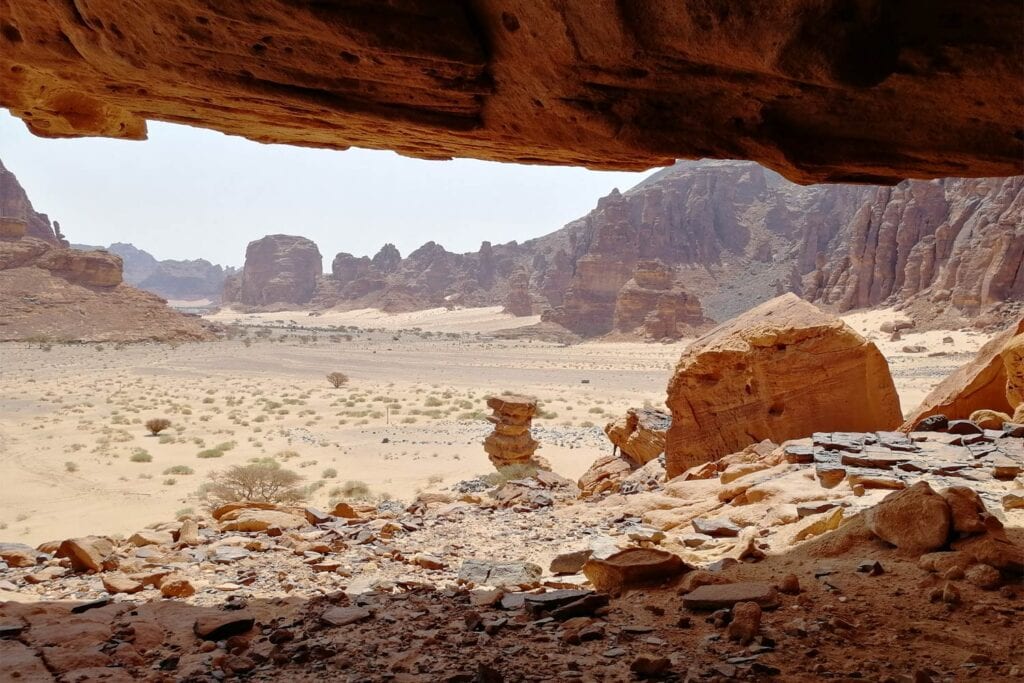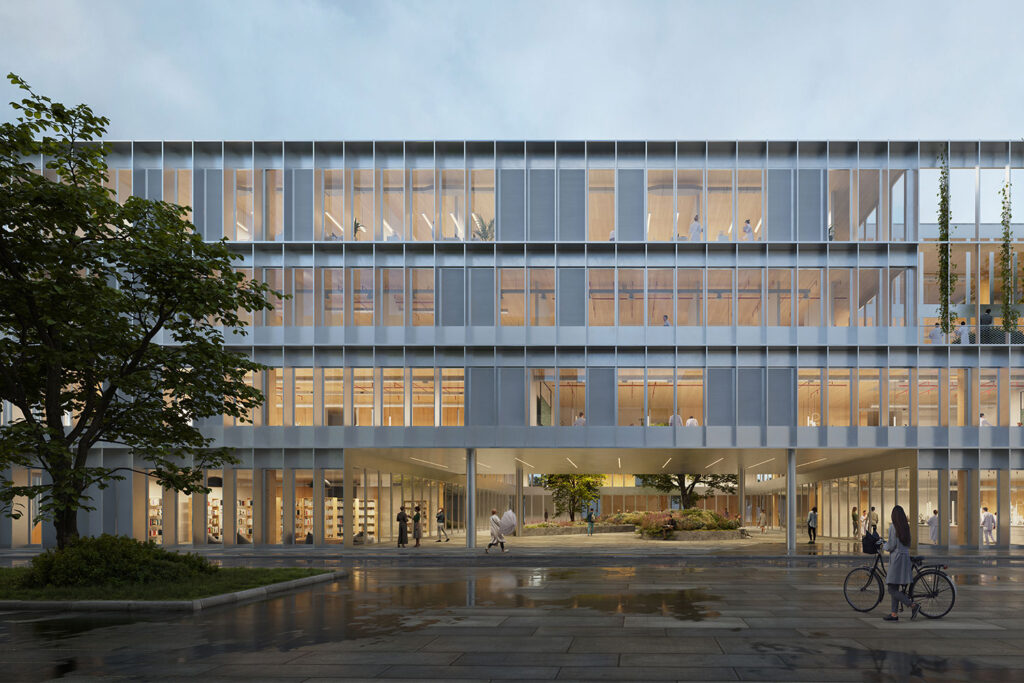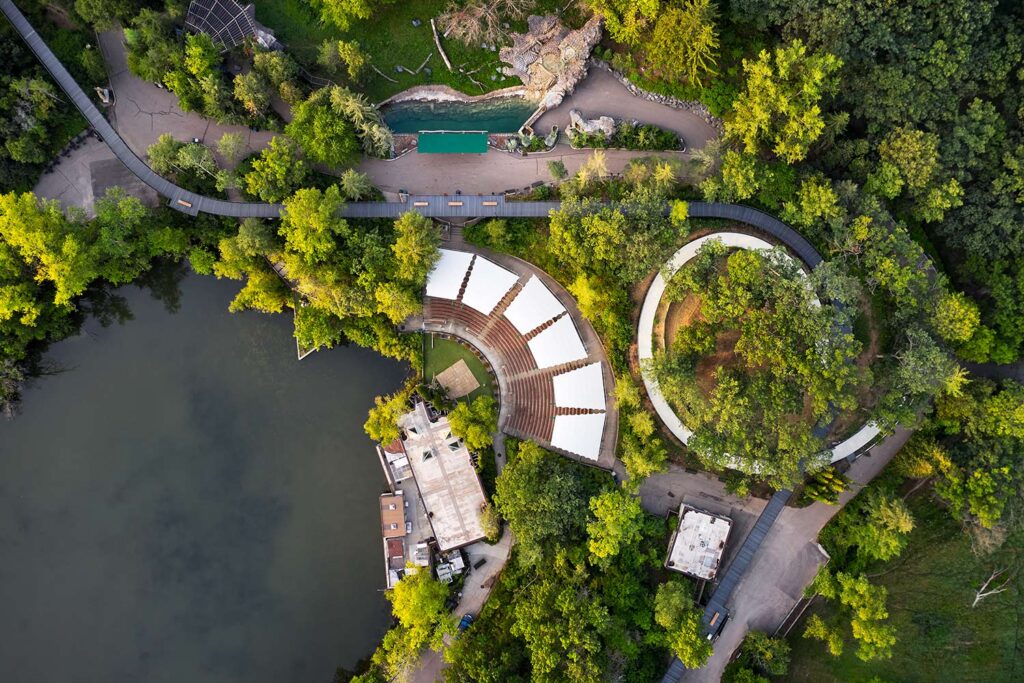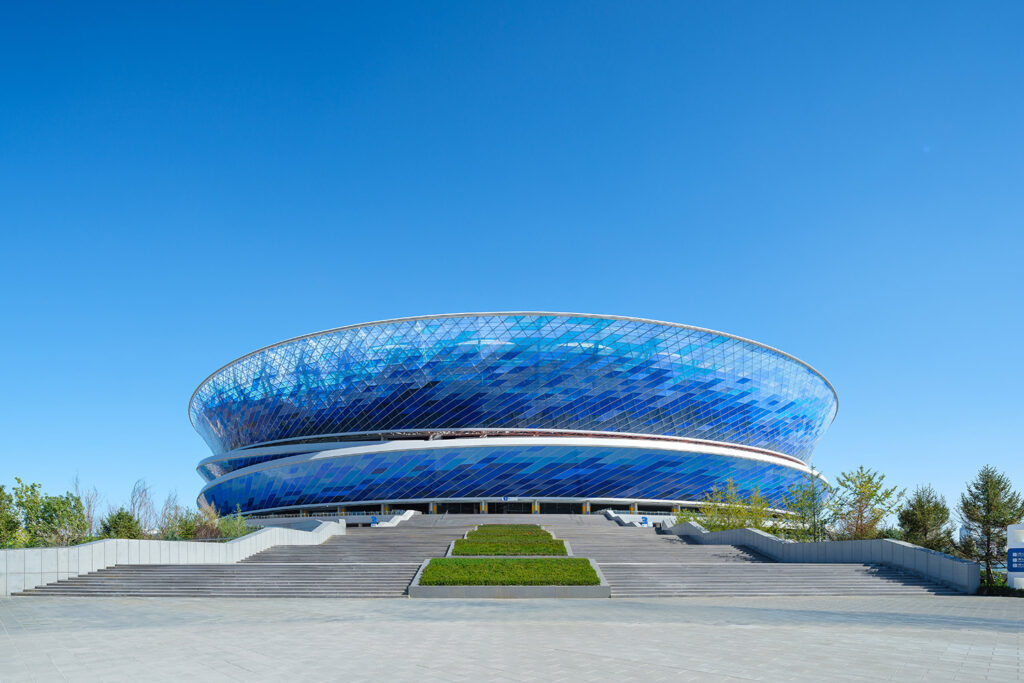
Build It International Centre for Excellence
Lusaka, Zambia
Project details
Client
Build It International
Architect
A+Urban Technics/ Gensler
Duration
2016-2022
Just to live in a different country is an amazing experience – to experience the different geography, seasons, cycles and cultures. It’s an opportunity to get to understand how other people work and live. It was a great experience for me in terms of construction as well, because I was given quite a lot of responsibility as site manager.
Deborah Smith, Senior Structural Engineer at Buro Happold
More than 17,000 new construction workers are needed every year in Zambia, but few school leavers have the opportunity to enter the trade. Build It International (BII) is a non-governmental organisation (NGO) that aims to empower young men and women through skills training.
The Build It International Centre for Excellence will train 1,000 unemployed men and women annually in a diverse range of construction skills – helping transform their impoverished communities and provide a brighter future for their families.
The charity’s new Centre for Excellence will showcase sustainable material choices, building techniques, sanitation methods and more. Numerous people will pass through the Centre including trainees, trainers, visitors and partners and it is intended that the best practice examples at the Centre will be used as inspiration and deployed by others.
While the national average pass rate for the TVETA (Technical and Vocational Education and Training Authority) programme stands at 62%, BII trainees achieve an outstanding 98%, proving both their commitment to and the success of this model.
To date, the scale of BII’s training facilities has meant they can only train young men and women from three or four localised communities each year. This project focused on realising a Centre for Excellence that will allow BII to offer a greater range of training modules for a larger number of people.

Challenge
Every year from 2015, apart from during Covid lockdowns, a Buro Happold engineer has volunteered as project manager at the expanding campus, working to help trainees develop their skills and managing the ongoing design and construction of the Centre for Excellence. Some of the innovative, low-cost technologies demonstrated at the Centre include: retaining walls built from recycled plastic bottles, soil stabilised bricks, noise-reducing roofing and toilets that turn waste into fertiliser.
BII approached us for masterplanning, structural engineering, building services engineering (MEP) and sustainability advice. Once complete, the campus will include two learning plazas where brick-working, carpentry and other work experience placements are held. There will also be a showcase demonstration on how to build a low-income house as well as offices, eco toilet blocks, dormitories, a kitchen and a multi-functional hall.
Working alongside UK architect, Gensler, we created the initial design intent for the buildings and provided technical advice for the detailed development of the masterplan and the construction phase of the Centre.
Working in Zambia presents many unfamiliar challenges. Understanding new organisational systems and adapting to a different culture was a steep learning curve, as were the frequent power cuts and tropical wildlife. One of the key cost and availability constraints in the country is around access to materials and this economic landscape had to be learnt, understood and reflected in the design choices.
BII was used to producing small-scale reinforced concrete structures from a standard set of building designs, so the far larger steel framed construction of the Centre proved a completely new concept for both trainees and site agents. In addition, we learned that introducing new technologies can not only create technical challenges, but also cultural ones. But as BII is a charity, funding for the project is minimal and the buildings need to be low-cost, so innovative solutions were crucial.

Solution
We worked closely with Gensler and BII to anticipate, plan for and coordinate the multiple disciplines that were required to realise a development of this size. Having a structural engineer from Buro Happold present proved invaluable, as it enabled us to work with BII to develop the structural steel frame in house and also oversee its fabrication and installation.
Our masterplanning solutions were particularly useful for BII and included proposals and guidance for power from solar panels. We have also installed simple but effective lighting solutions, such as covering individual solar lights with plastic bottles treated with a bleach and water solution to dispense light more effectively.
We also employed our ingenuity to develop a sustainable drainage system, a natural, green strategy that improves the visual appearance of the site as well as the natural habitat.
While not technically difficult, new technologies also bring to light cultural issues. It was challenging to overcome scepticism associated with human waste for our proposed ecological sanitary system, which was unfamiliar to our site team who were used to septic tanks. To overcome local reservations about our proposed composting toilets, we took the team on a field trip to see a similar system in action.
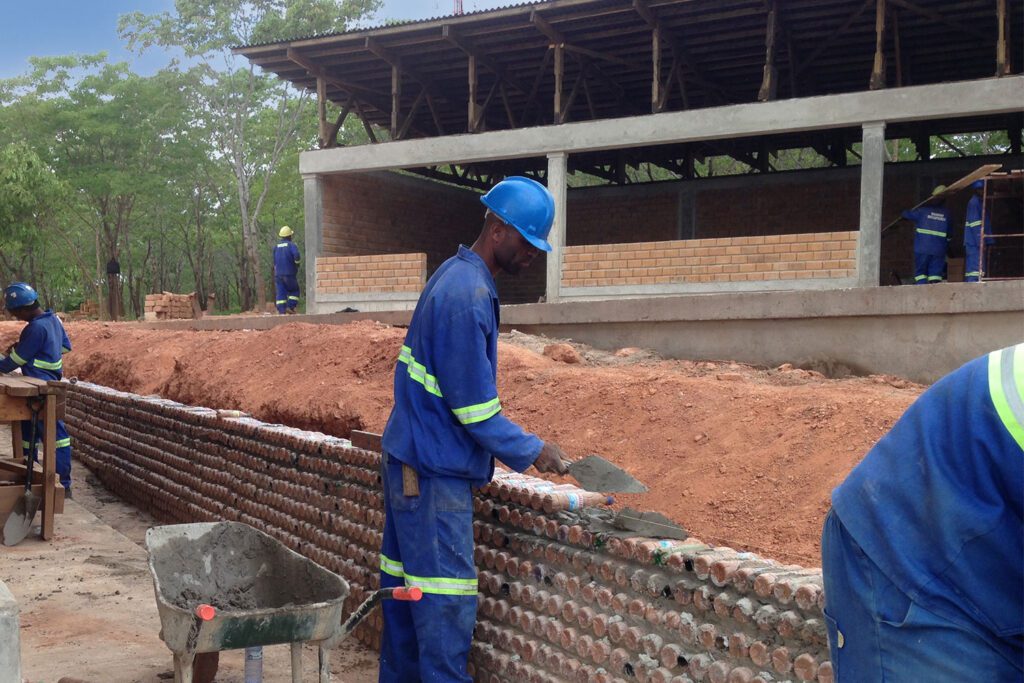
One particularly effective and attractive solution we devised was to use plastic bottles to build a retaining wall for the project. Zambia has a litter problem with plastic drinks bottles, and we worked to find a way to recycle these as a construction material. By filling the bottles with soil and applying mortar in between, a low-cost and effective wall was achieved. It also has a legacy benefit – acting as a visual reminder of how everyday materials can be recycled and put to good use. We also provided a novel roofing system for one of the school buildings. Metal sheeting is most often used but the noise it causes in the rainy season makes it very difficult to concentrate. We opted instead for a bitumen mixture. This material has acoustic damping properties, ensuring a much quieter learning environment and significantly improving thermal insulation.
Value
The work our engineers are carrying out in Zambia is transforming people’s lives.
Sharing our skills empowers people, training and enabling them to build better environments for themselves and their communities. By pushing our knowledge of alternative technology, we are giving people the tools that will help them, and their communities, thrive.

